The Annunciation 1525
Gabriel and Mary are presented within an elaborately furnished interior that would have been familiar to sixteenth-century viewers. However, most of the objects, arranged unobtrusively within the room, carry symbolic meaning. The altarpiece and the woodcut on the wall, for example, show Old Testament prophets as prefigurations of New Testament themes. Influenced by Italian...
- Credit:
- Courtesy of the Metropolitan Museum of Art
More from this artist...
Loading...
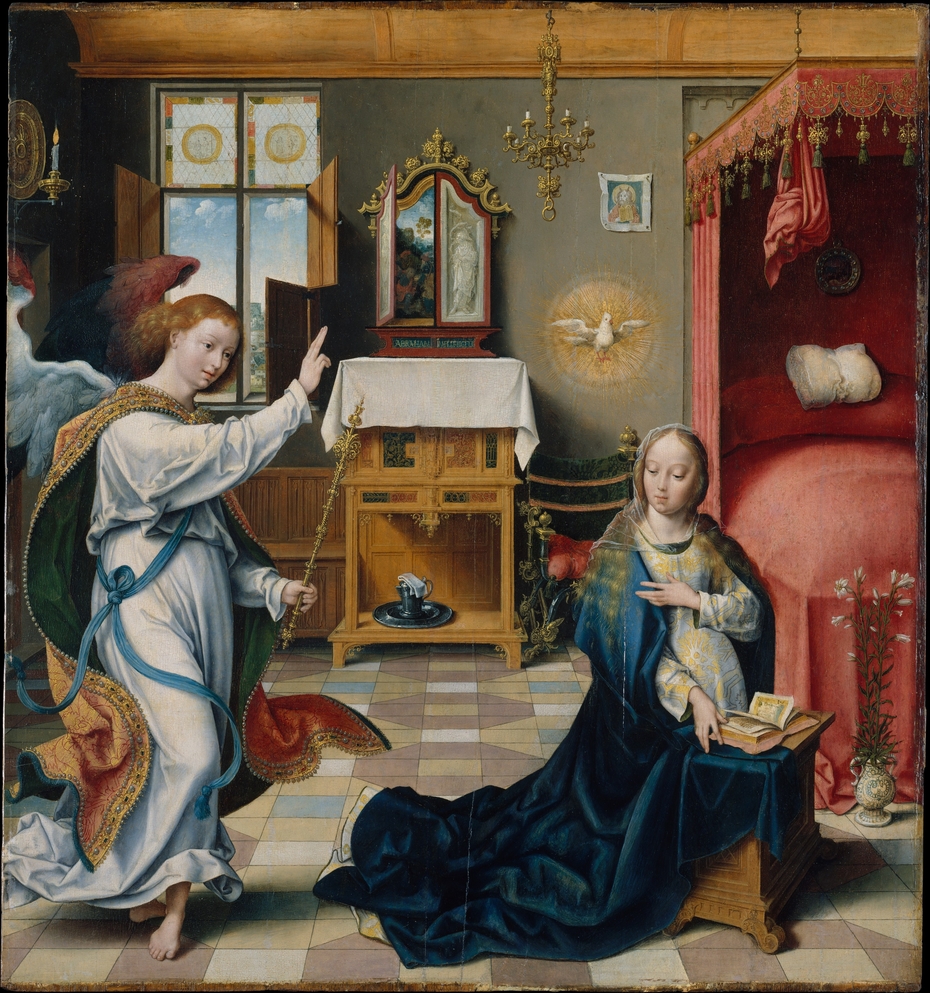
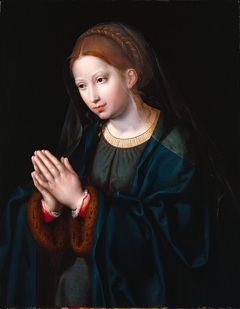

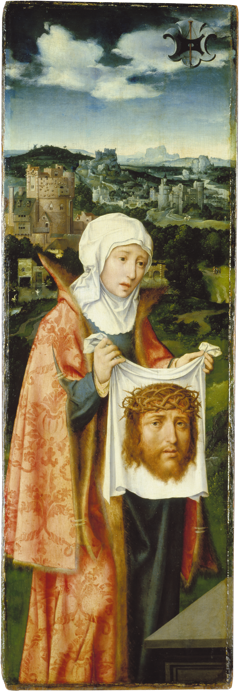
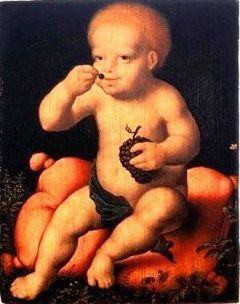
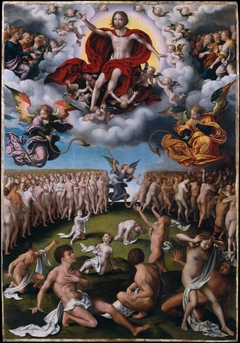
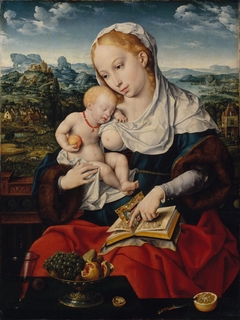

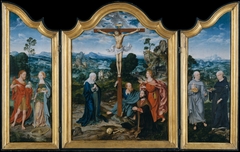
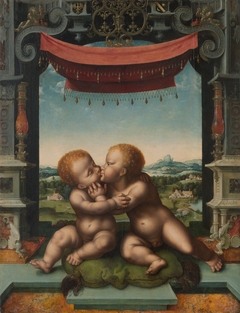



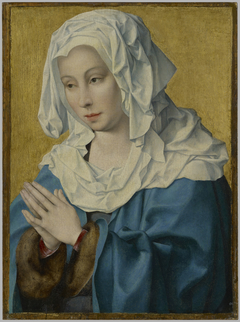
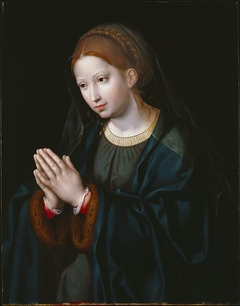
Discussion